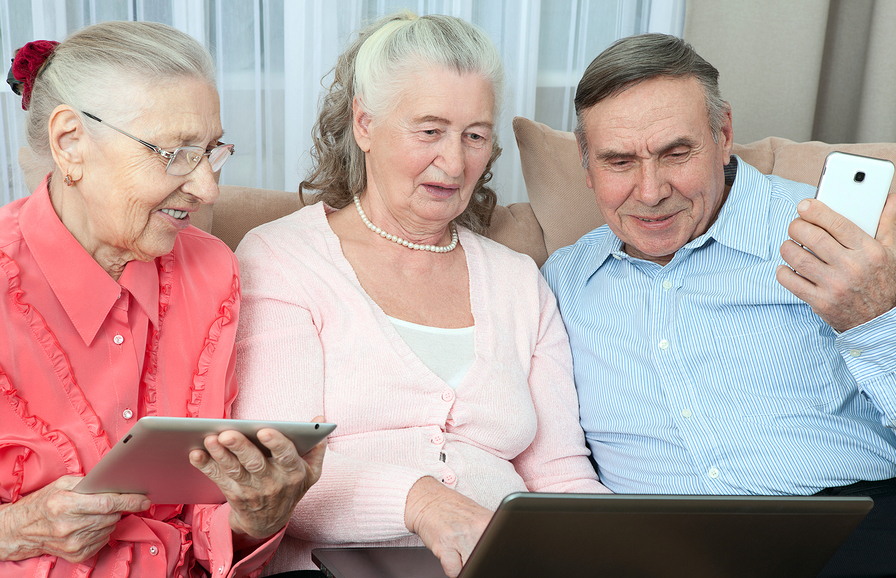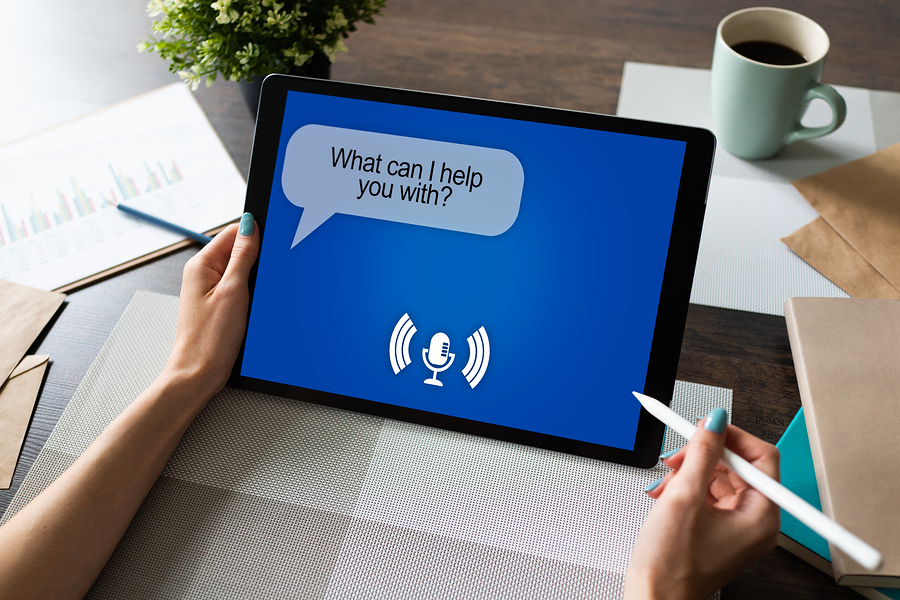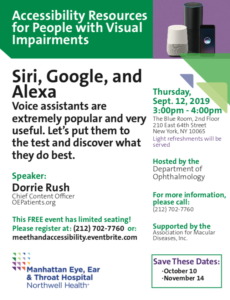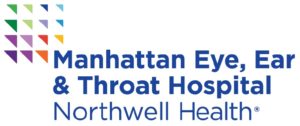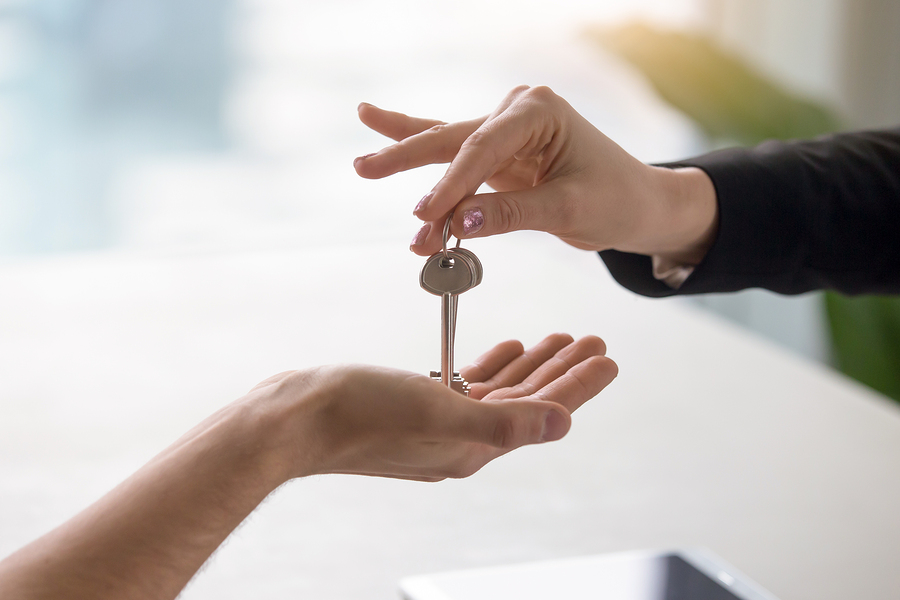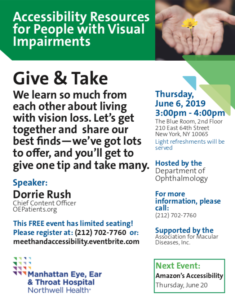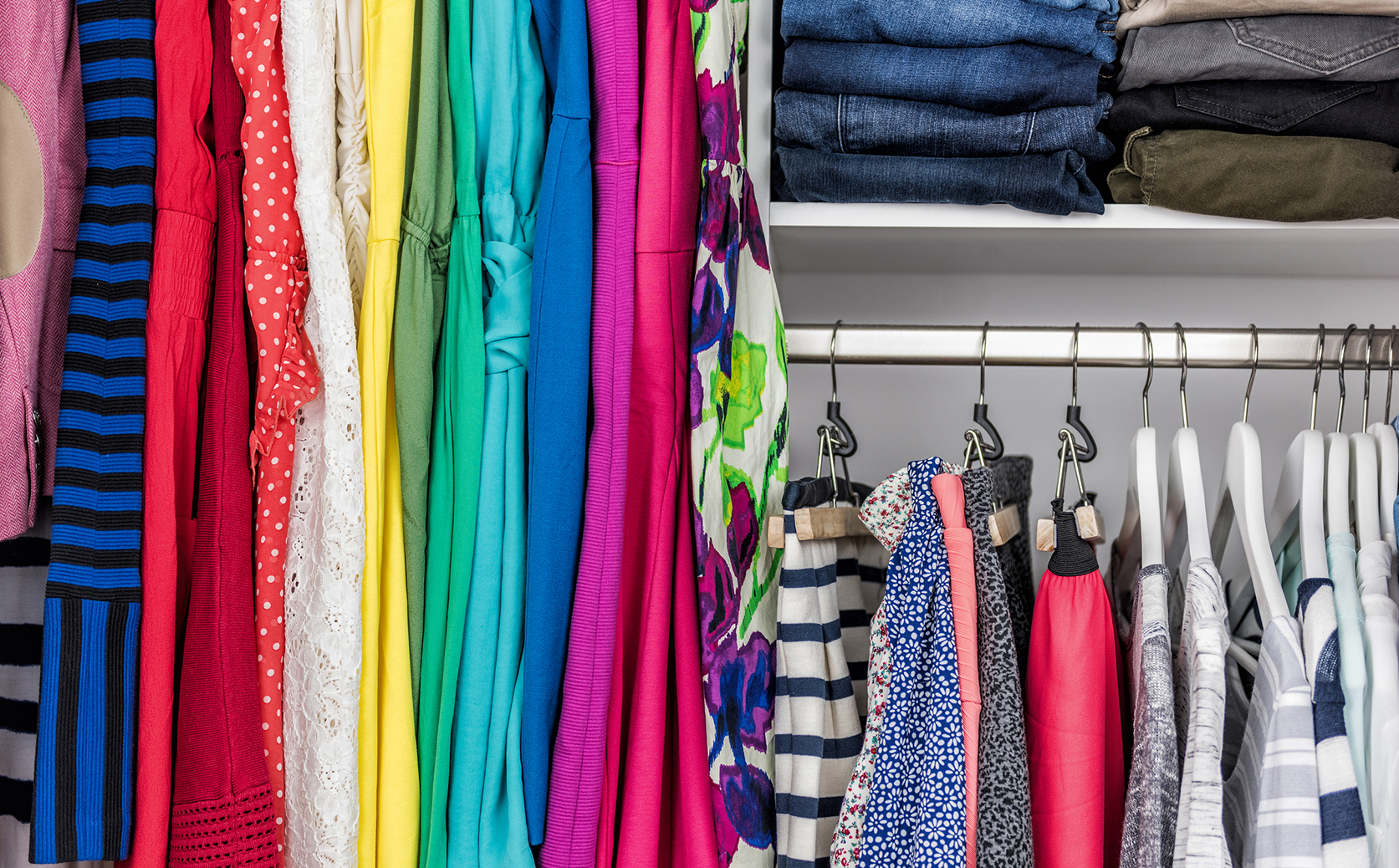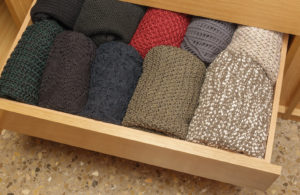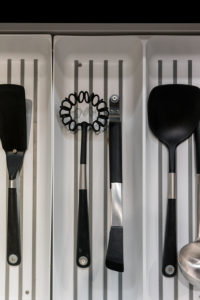With a nod to Healthy Aging Month, the American Academy of Ophthalmology (AAO) published a series of tips for living better with low vision. They point out that the number of older Americans with low vision will likely double by 2050. The leading causes of low vision, a visual impairment that cannot be corrected by lenses or medical treatment, are age-related macular degeneration, diabetic eye disease, glaucoma and inherited retinal diseases. To add insult to injury, most people with declining vision believe that nothing can be done to help them.
We are pleased to stand in agreement with AAO’s recommendations for maintaining a productive and independent life in the face of vision loss. Subscribers to OEPatients.org are ahead of the curve and already aware and implementing the small changes that keep them actively engaged. Let’s walk together through an overview of how their tips concur with our content.
- Improve Contrast
Utilize contrasting colors throughout the home to improve clarity in table settings, kitchen tools and surfaces, furnishings, door frames and steps.
OE: Nate’s Low Vision Makeover
OE: Adjusting Your Home For Vision Loss
- Prevent Falls, Improve Lighting
Add lighting to hallways and staircases, task lighting in the kitchen and work places.
OE: Don’t Take The Fall, Prevent It
OE: Home Safety & Light Checkup
- Reduce Clutter & Organize
Essential to safety and sanity, keep things in their appropriate places and don’t be a collector.
OE: Low Vision Awareness: Time To Get Organized
OE: Spring Cleaning Gives More Than It Takes

- Embrace Technology
Audiobooks and voice assistants like Alexa & Google are enormously helpful and easy to adopt.
OE: Get Back The Joy Of Reading With NLS
OE: Event Recap: Siri, Google & Alexa
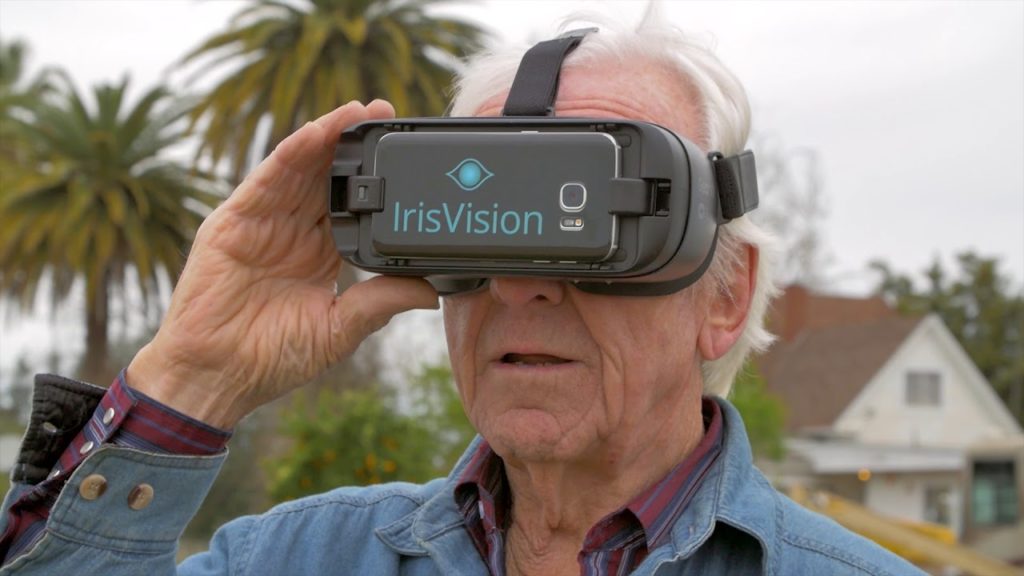
- See Ophthalmologist & Low Vision Specialist
The doctors can help patients maximize remaining vision.
OE: Event Recap: Electronic Glasses
- Vision Rehab
Often this suggestion comes as a last resort for patients with advanced vision loss. It usually requires legal blindness to qualify for vision rehabilitation services, but it is most effective when included early in the process. Making incremental changes at every stage helps to dramatically ease the adjustment. Attempting to recover once the vision loss is severe, is far more difficult.
AAO: Low Vision Rehabilitation Services
Read the AAO News Release that inspired our post:
More Older Americans Will Suffer From Low Vision,Here’s How to Make Life Easier and Safer

